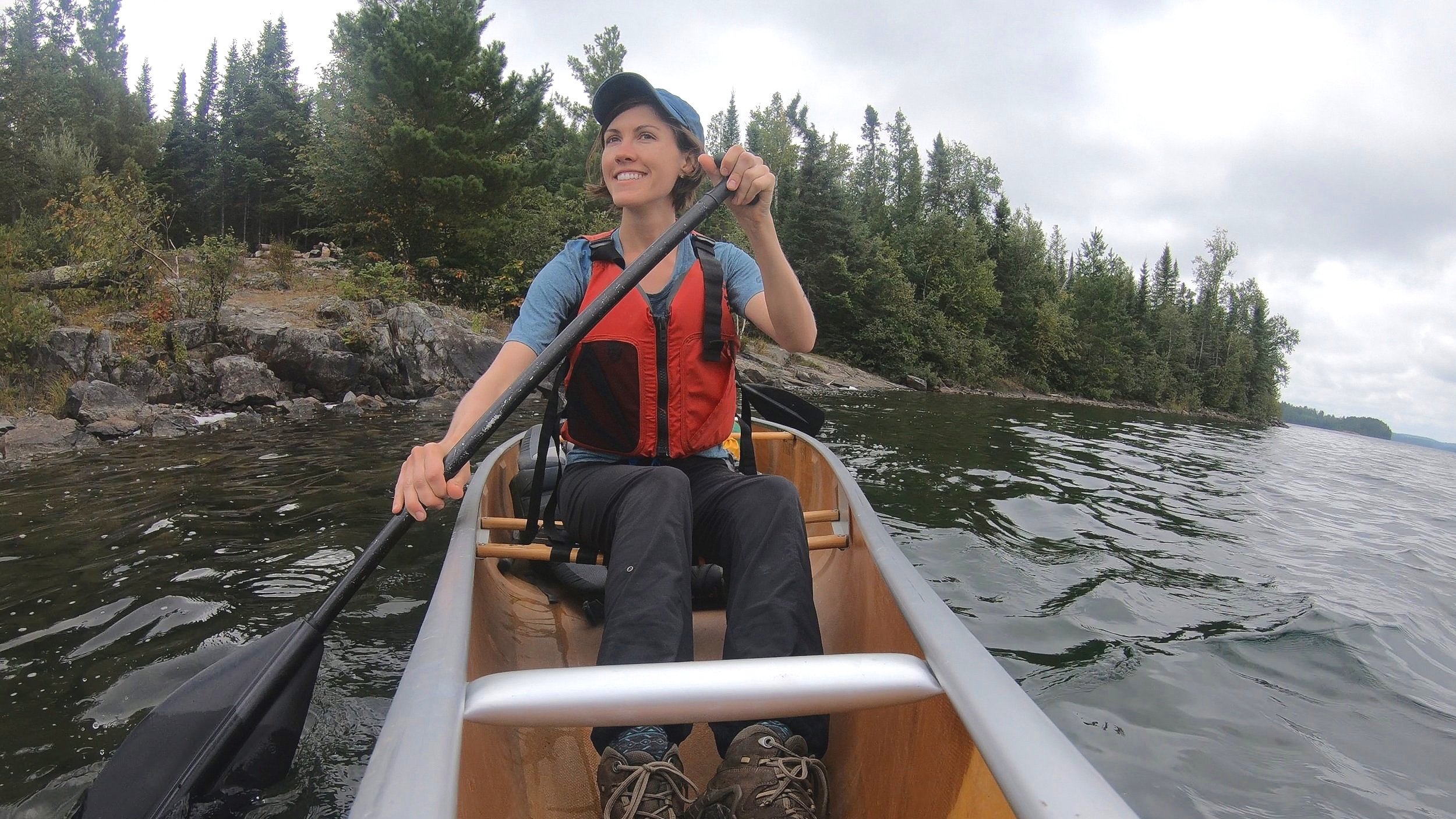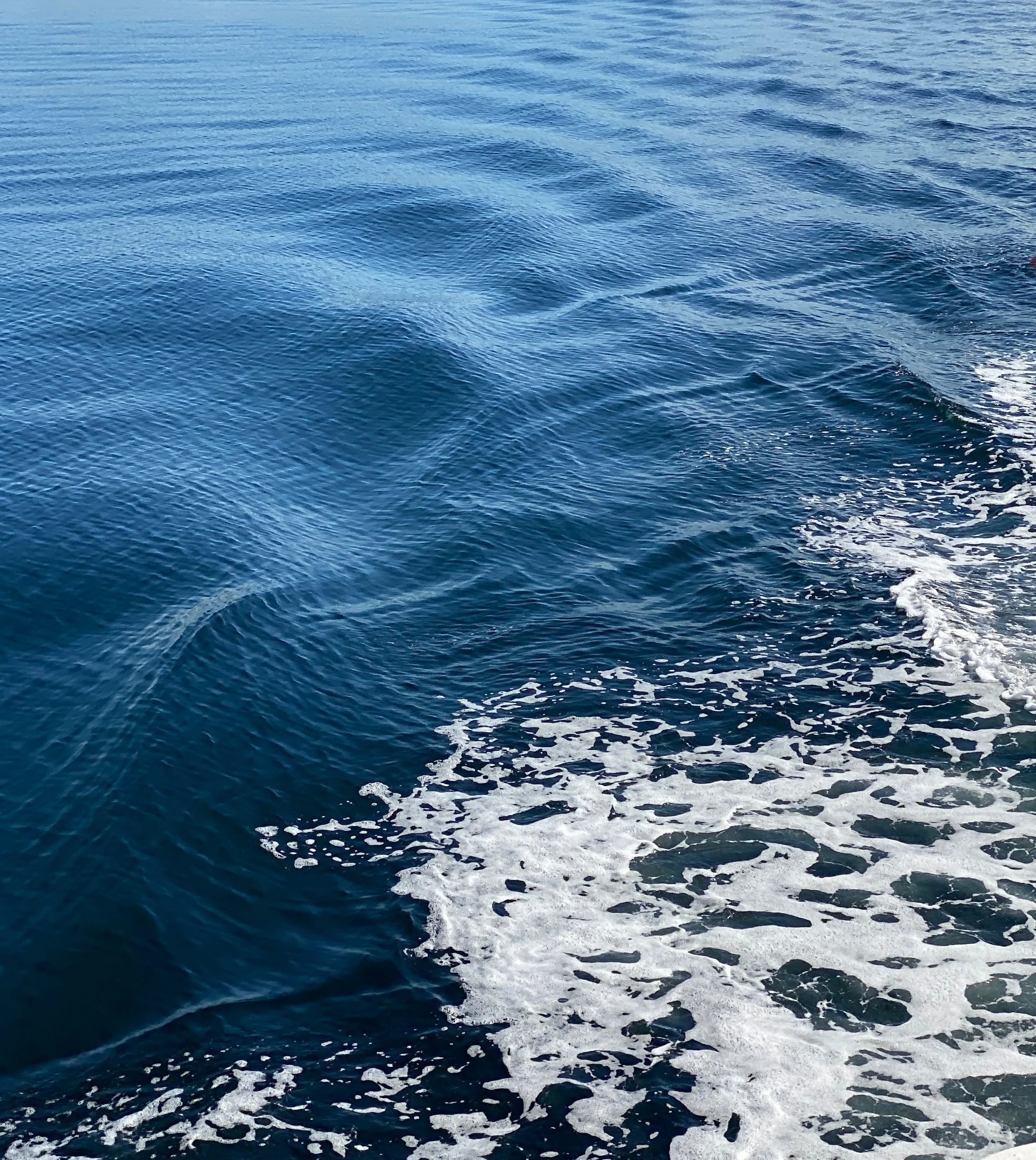A Healing Body: Water
We intuitively understand the healing power of water. For centuries, people have gravitated toward rivers, lakes, and oceans to support their well-being and communities. Research shows that living near a large body of water can significantly impact longevity, reducing stress and enhancing mental clarity. Cold plunges, have gained popularity for their rejuvenating effects, improving circulation and activating the body’s natural healing processes.
This project invites us to explore how we can become better stewards of this vital resource. By protecting and conserving water, we ensure that future generations can continue to enjoy its healing properties. Whether in Minnesota or across the globe, the health of our water sources directly impacts our ability to thrive. Embracing sustainable practices, from reducing water waste to protecting natural ecosystems, is key to preserving water’s life-giving force. The challenge is not only to recognize water’s power but to safeguard it, allowing us all to benefit from its profound connection to human vitality.
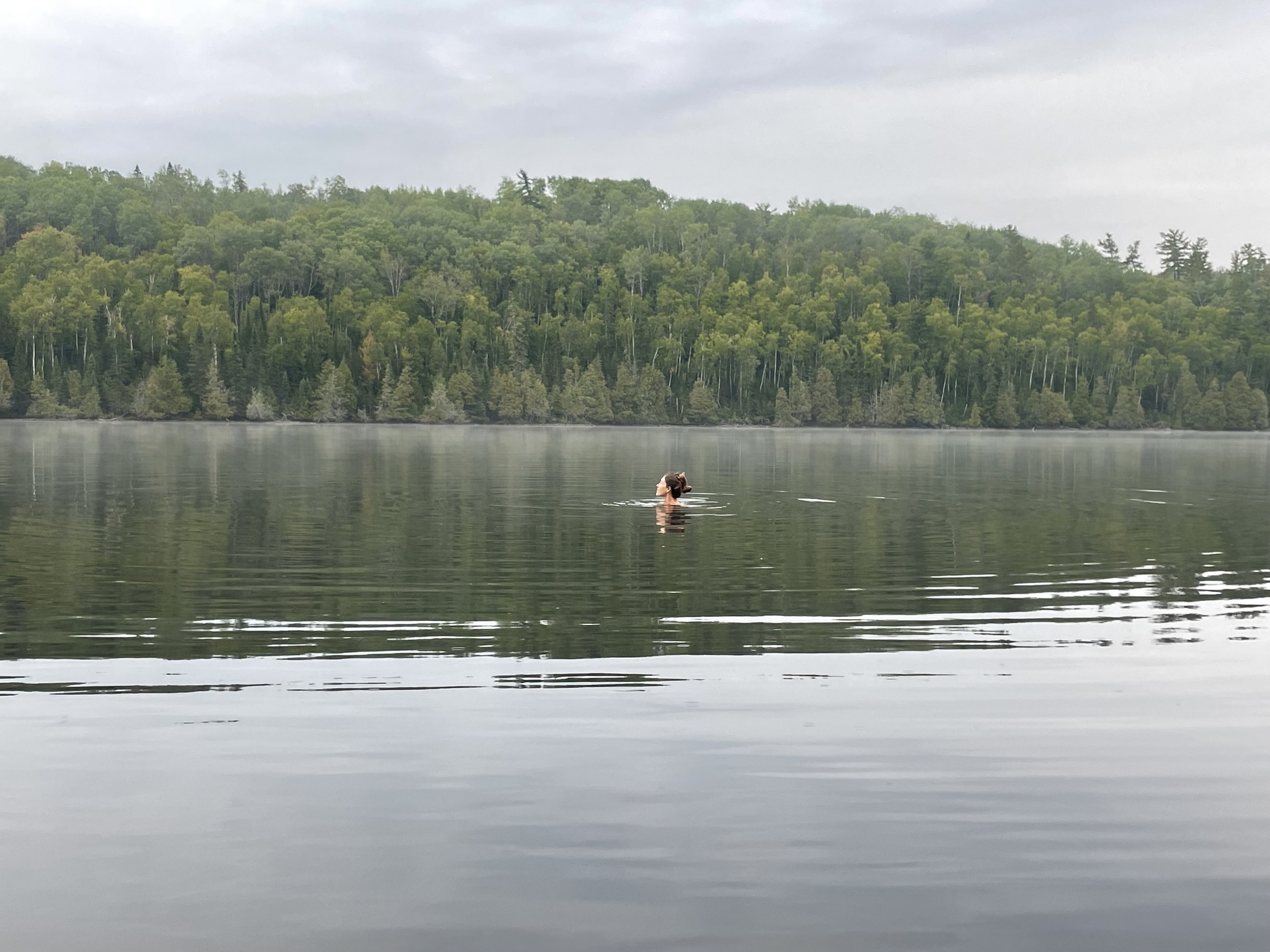
Photo by Ellie Coltar
A Vital Resource
Minnesota as a Climate Haven
Minnesota is increasingly being viewed as a potential climate haven due to its geographic location, abundance of natural resources, and relatively stable climate. As climate change accelerates, many regions across the world are facing extreme weather events like wildfires, hurricanes, and rising sea levels, but Minnesota has remained comparatively insulated from these disasters. Its cool, temperate climate, vast freshwater resources—including over 10,000 lakes and the Mississippi River—make it an attractive destination for those seeking refuge from the impacts of climate change. Additionally, Minnesota's strong environmental policies and focus on sustainability initiatives make it well-positioned to adapt to changing environmental conditions, offering long-term resilience in the face of global climate challenges. The state is already seeing population growth in some areas as people migrate from regions more vulnerable to climate extremes.
Make it stand out.
-
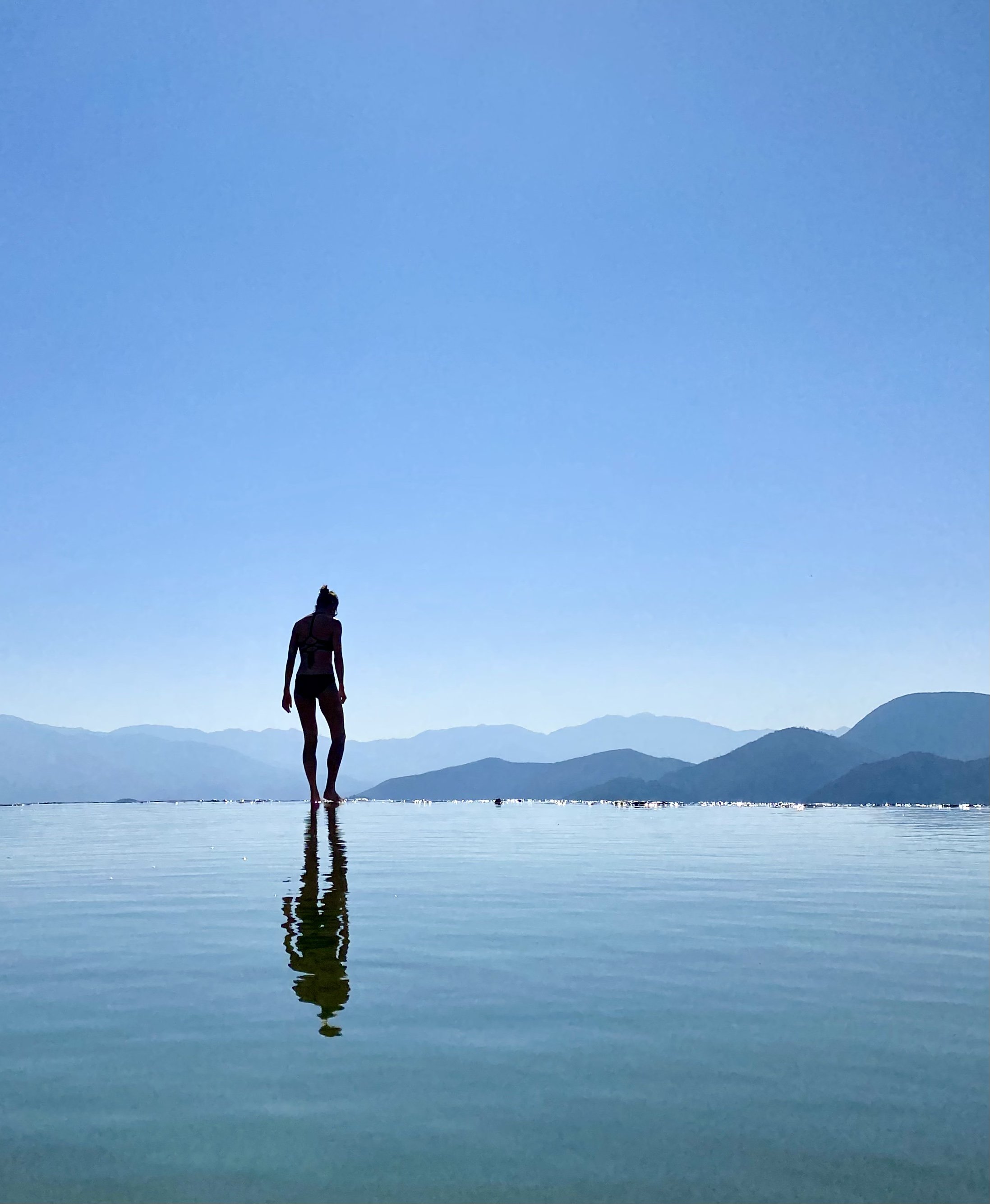
It all begins with an idea. Maybe you want to launch a business. Maybe you want to turn a hobby into something more. Or maybe you have a creative project to share with the world. Whatever it is, the way you tell your story online can make all the difference.
-
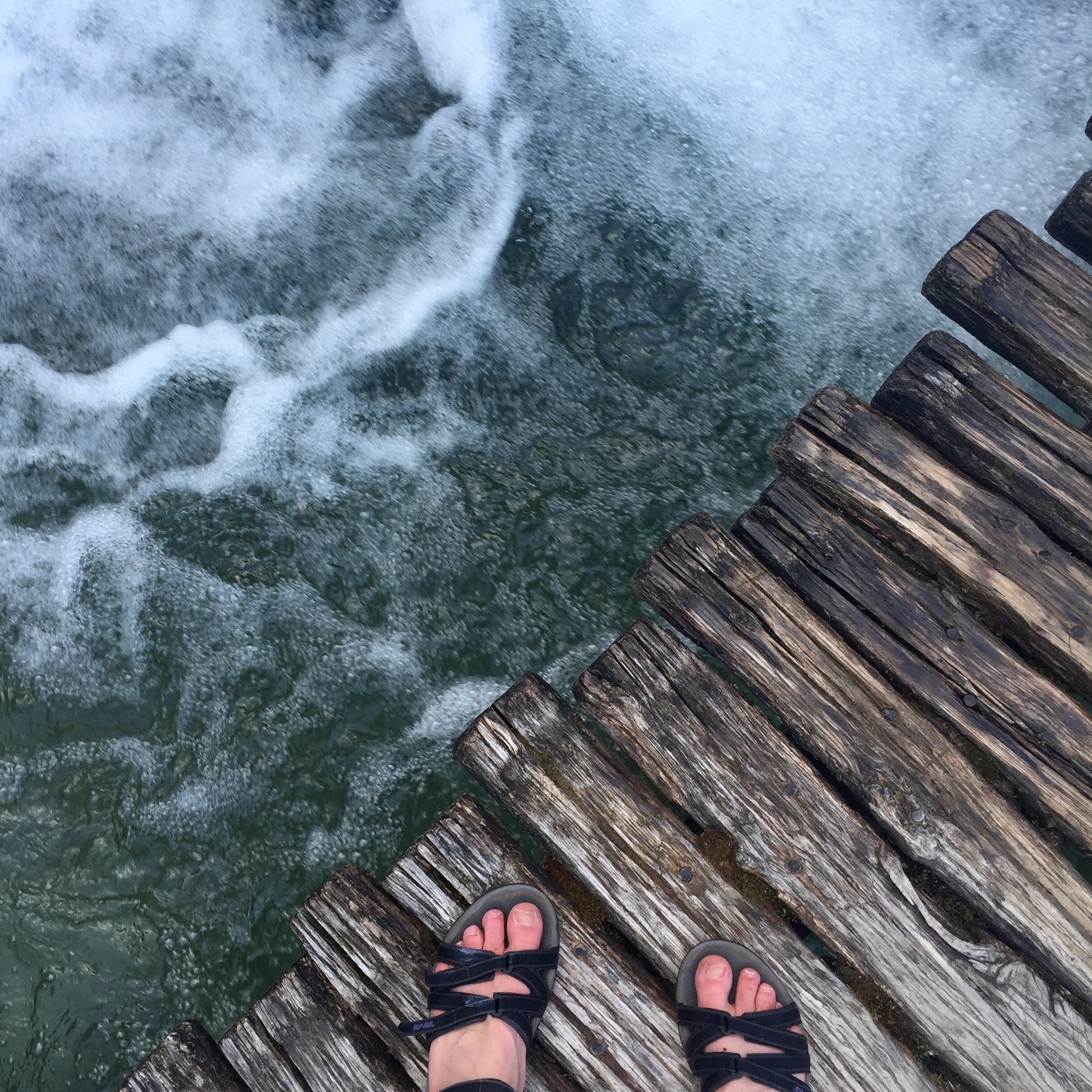
Sound Bath.
The sound of water, like flowing streams or ocean waves, is naturally calming and meditative. It activates the parasympathetic nervous system, helping to lower heart rate and reduce stress. This soothing effect fosters relaxation, promoting a peaceful state of mind and allowing the body to rest and recover.
-
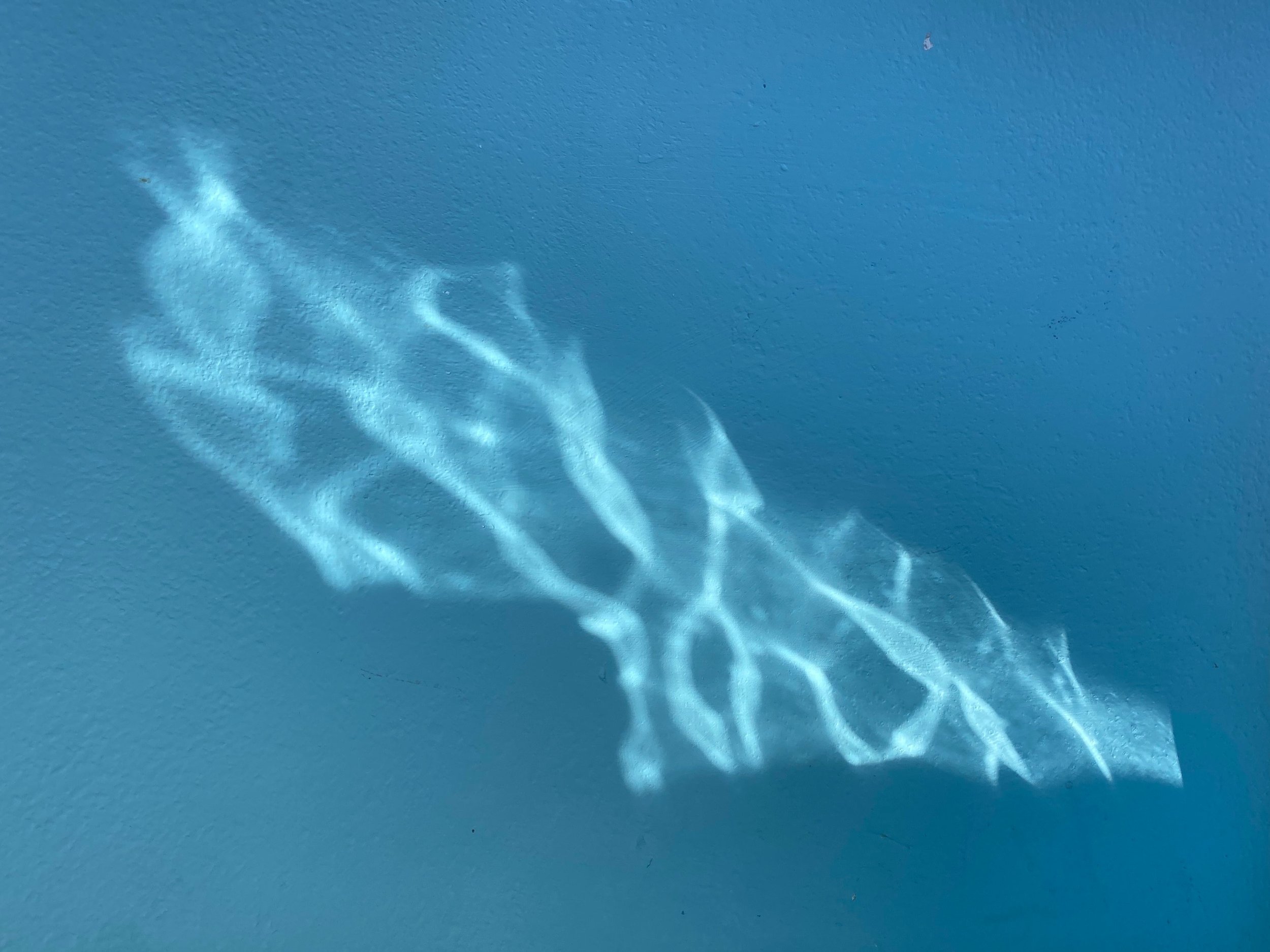
Water Steward.
-
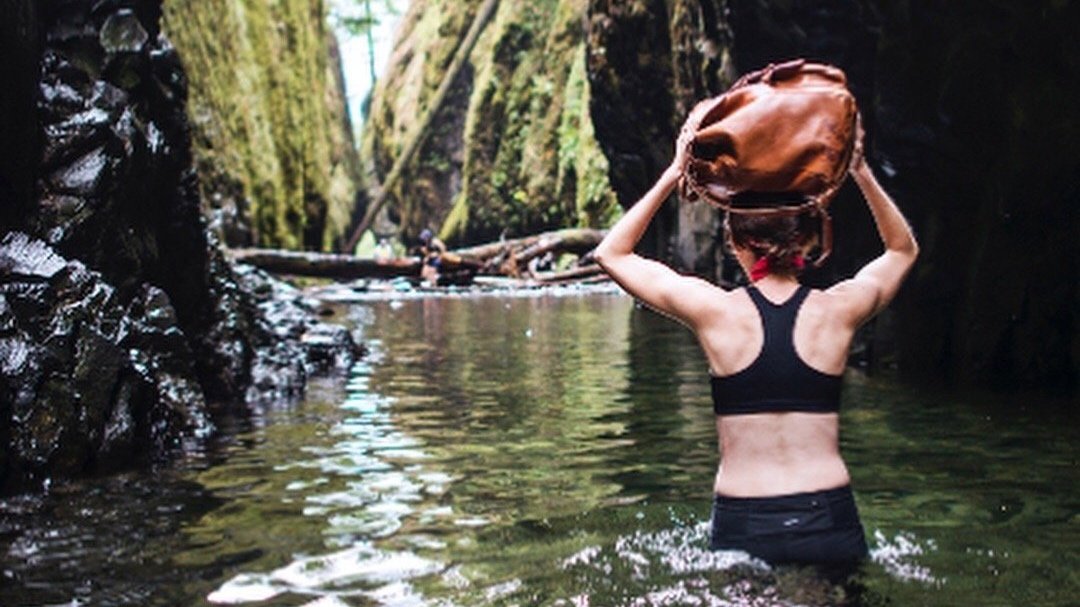
Water Stewardship.
Water is essential for healing and well-being, it’s also a precious resource that requires careful stewardship. Being a good water steward means actively protecting and conserving water sources to ensure their availability for future generations. This involves reducing water waste in daily activities by fixing leaks, using water-efficient appliances, and mindful consumption, especially in regions facing drought. Additionally, responsible water stewardship includes protecting natural water ecosystems from pollution by limiting the use of harmful chemicals, properly disposing of waste, and supporting policies that prioritize clean water access. Engaging in local efforts like river or beach cleanups, as well as supporting initiatives that promote sustainable water management, can make a significant impact. By taking these steps, we contribute to preserving water’s healing and life-sustaining properties for both ourselves and the environment.
-
New List Item
Description goes here
FAQs
-
It all begins with an idea. Maybe you want to launch a business. Maybe you want to turn a hobby into something more. Or maybe you have a creative project to share with the world. Whatever it is, the way you tell your story online can make all the difference.
-
-
It all begins with an idea. Maybe you want to launch a business. Maybe you want to turn a hobby into something more. Or maybe you have a creative project to share with the world. Whatever it is, the way you tell your story online can make all the difference.
-
It all begins with an idea. Maybe you want to launch a business. Maybe you want to turn a hobby into something more. Or maybe you have a creative project to share with the world. Whatever it is, the way you tell your story online can make all the difference.
Make it stand out
It all begins with an idea. Maybe you want to launch a business. Maybe you want to turn a hobby into something more. Or maybe you have a creative project to share with the world. Whatever it is, the way you tell your story online can make all the difference.
It all begins with an idea. Maybe you want to launch a business. Maybe you want to turn a hobby into something more. Or maybe you have a creative project to share with the world. Whatever it is, the way you tell your story online can make all the difference.
Cleanest Lakes in Minnesota:
Deer Lake (Itasca County):
Known as the “Lake of Changing Colors” due to its vibrant blue and green hues, Deer Lake is one of the cleanest lakes in Minnesota. Its high water clarity is due to its geological composition, which includes mineral-rich granite bedrock that naturally filters the water.
Lake Superior:
Though technically shared with other states, Minnesota's portion of Lake Superior remains one of the cleanest large lakes in the state. Thanks to strict environmental regulations and its size, the lake has excellent water quality and provides drinking water to surrounding areas.
Lake Itasca (Itasca State Park):
Known as the headwaters of the Mississippi River, Lake Itasca boasts exceptionally clean water. As part of a protected state park, it's largely untouched by human activity, making it a prime spot for natural beauty and clarity.
Caribou Lake (Cook County):
This lake is well-known for its crystal-clear waters and is a favorite among paddlers and nature enthusiasts. Its remote location helps preserve its pristine condition.
Whitefish Chain of Lakes (Crow Wing County):
This chain of 14 interconnected lakes is known for its clean water, particularly lakes like Cross and Loon, which maintain good water quality due to minimal shoreline development and local conservation efforts.
Most Polluted Lakes in Minnesota:
Lake Minnetonka (Hennepin County):
While a popular recreational destination, Lake Minnetonka has faced ongoing water quality issues due to agricultural runoff, urban development, and the presence of invasive species like zebra mussels. Algal blooms and elevated phosphorus levels are concerns.
Lake Winona (Winona County):
High levels of pollutants, including phosphorus from agricultural runoff, have led to algal blooms and poor water quality in Lake Winona. The lake often experiences heavy vegetation growth, making it difficult for recreational use.
Albert Lea Lake (Freeborn County):
This lake suffers from nutrient pollution, largely from agricultural runoff, leading to poor water quality and algal blooms. Restoration efforts are ongoing, but its water remains degraded.
Lake Elysian (Waseca County):
Lake Elysian faces challenges from both agricultural runoff and urban pollutants. The resulting nutrient overload often leads to murky water, algal blooms, and diminished aquatic life.
Peltier Lake (Anoka County):
This lake has been affected by agricultural runoff and invasive species, particularly curly-leaf pondweed, which leads to low water clarity and frequent algal blooms during the summer months.
Ongoing Conservation Efforts
Many of Minnesota’s lakes face pollution from agricultural runoff, urbanization, and invasive species. However, state initiatives such as the Minnesota Pollution Control Agency (MPCA) and the Minnesota Department of Natural Resources (DNR) are actively working to monitor, manage, and restore both clean and polluted lakes.

Water | $450





